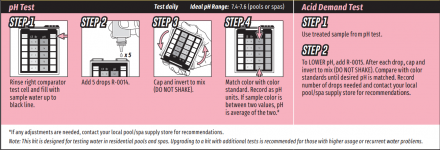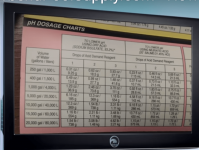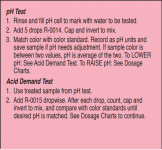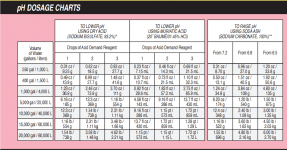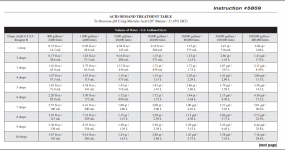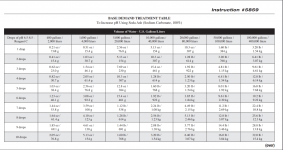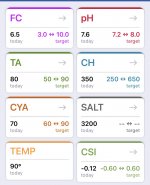- Jul 26, 2020
- 246
- Pool Size
- 23000
- Surface
- Plaster
- Chlorine
- Salt Water Generator
- SWG Type
- Jandy Aquapure 1400
Use PH Taylor R-0014 with TF100 kit
ordered the Taylor R-0015a reagent for acid demand because I regularly got north of 8.0 and not quite sure how much acid is needs to lower to 7.4-7.6 range
also, what does the Taylor R-0015b base reagent do ?
any instructions ??
ordered the Taylor R-0015a reagent for acid demand because I regularly got north of 8.0 and not quite sure how much acid is needs to lower to 7.4-7.6 range
also, what does the Taylor R-0015b base reagent do ?
any instructions ??


